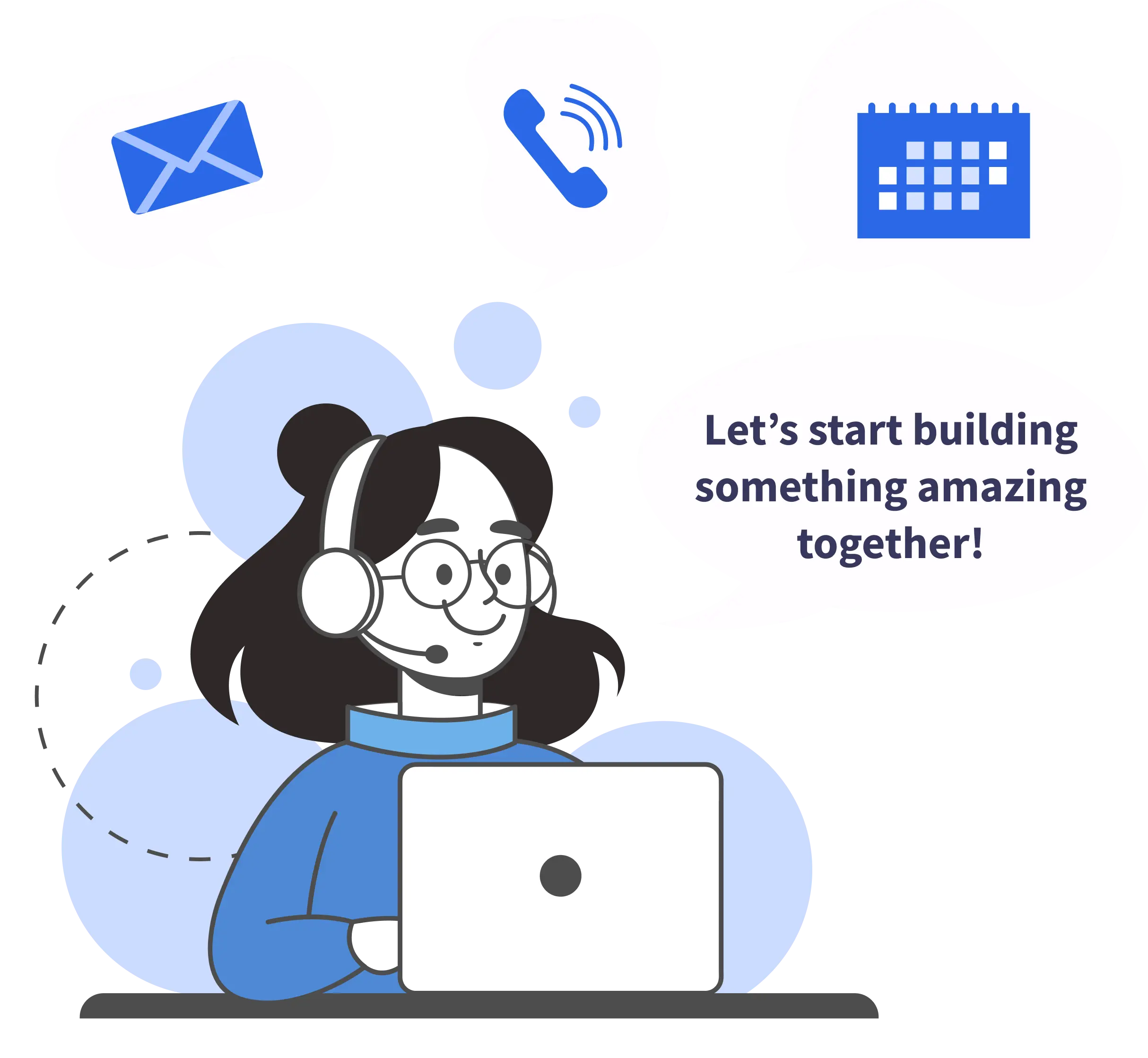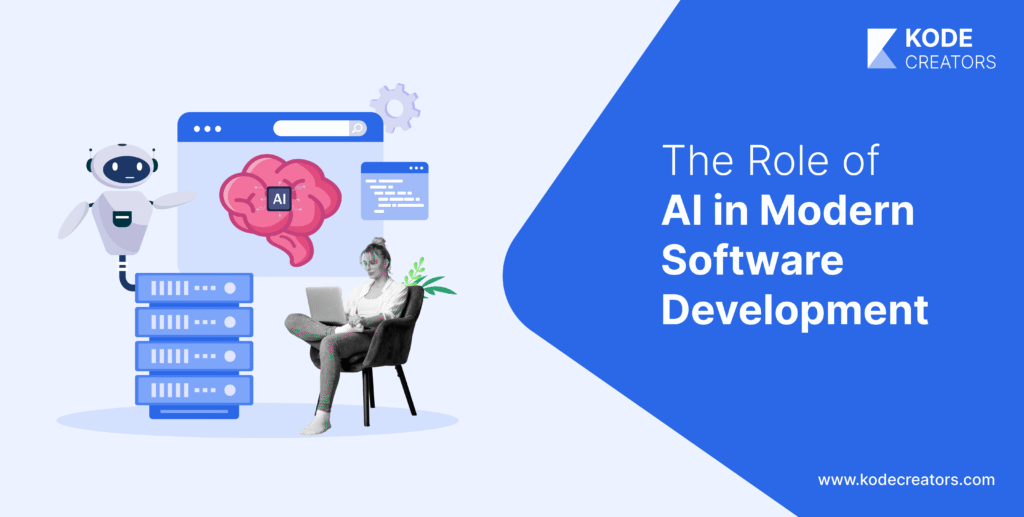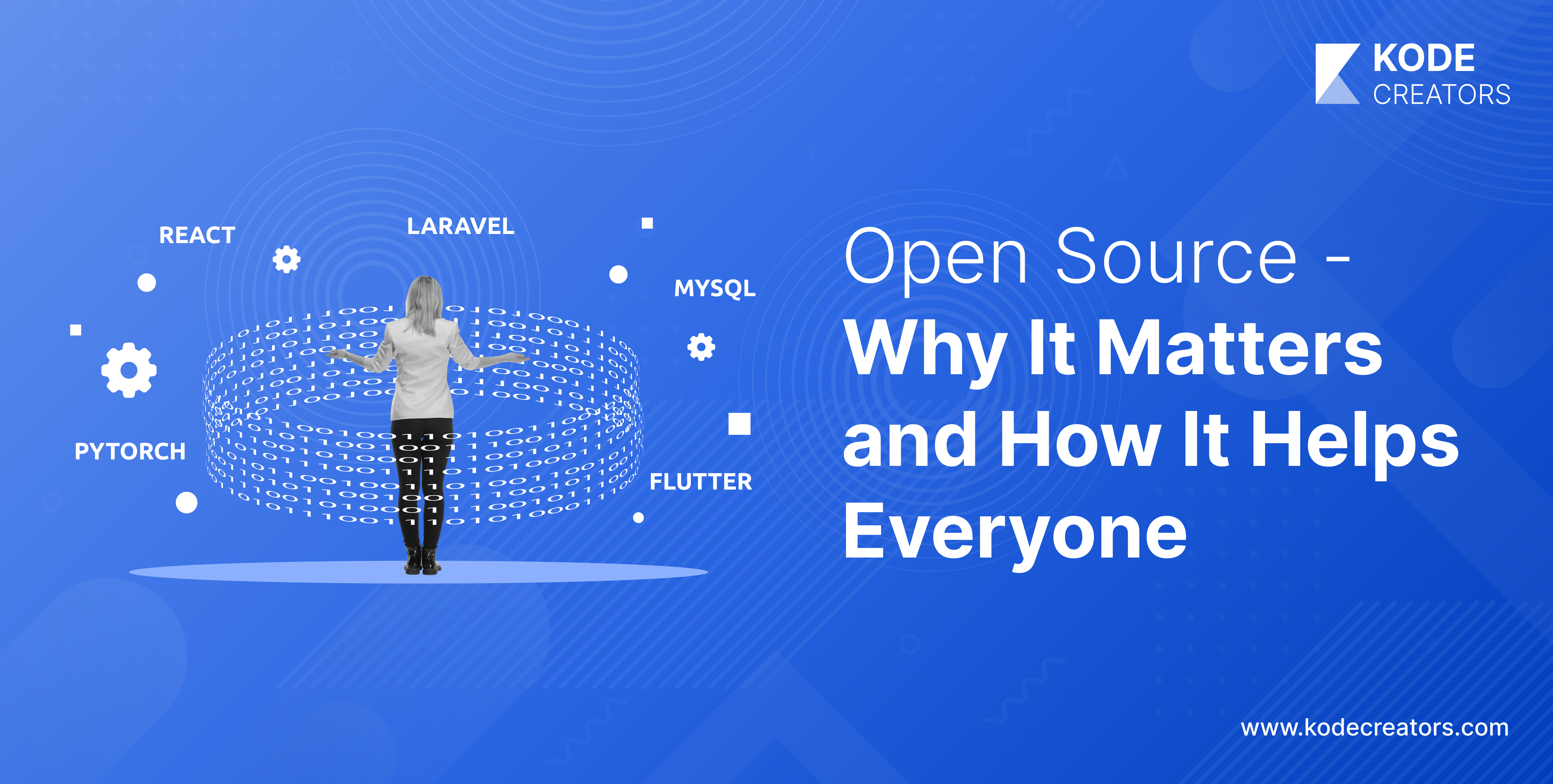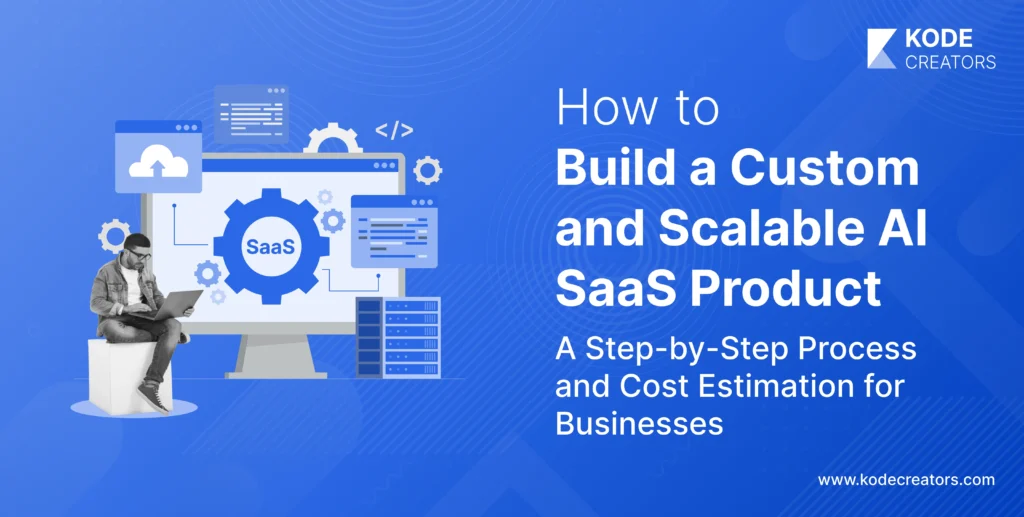AI is causing a revolution in software development with its amazing abilities. A groundbreaking Gartner study shows that by 2025, 70% of professional developers will use AI-powered coding tools in their work, a big jump from 10% now. This change is more than just a tech upgrade; it points to a complete rethinking of how developers come up with, build, and roll out software across different fields.
AI's role in software development goes way beyond small improvements. PwC's economic study also suggests AI could add up to $15.7 trillion to the world economy by 2030, with software development at the heart of this tech shake-up. Coders are finding out that AI doesn't replace human creativity, but boosts it. It handles boring tasks, finds new ways to solve tricky problems, and lets teams focus on fresh ideas that make a real difference. The future of coding isn't about people vs. machines but about people powered by smart tech.
1. How AI is Revolutionizing Software Development
AI has transformed the way we think about, create, and maintain software, boosting productivity and accuracy to new heights. It can now take over routine jobs like writing code, fixing bugs, and running tests and free up developers to solve problems and come up with fresh ideas. Programs like GitHub Copilot and Tabnine act as digital coding helpers making complex programming quicker and smoother. This change isn't just about saving time—it's about helping developers work more, not just harder.
One of AI's key contributions is its power to predict and head off challenges. Looking at past project data, artificial intelligence can spot future development hurdles and suggest fixes before problems grow. Also, AI boosts decision-making by giving fact-based insights at every step of the development cycle, from planning to rollout. For example, predictive analytics can help rank features that are more likely to do well based on how users behave. This change isn't just for solo coders or small groups - whole companies are using AI to grow their operations in a smart way.
As software gets more complicated, AI helps developers keep up by making their work easier and giving them useful tips. And where does this lead? Quicker delivery, fewer mistakes, and new ideas that meet what the market wants in no time. AI isn't just something you use to make software; it's changing the whole idea of how we build software.
2. AI in Code Generation and Assistance
AI-Powered Tools Cause a Revolution in Development
Tools like GitHub Copilot Tabnine, and Amazon CodeWhisperer are changing how we code. These tools look at the context to suggest relevant code snippets. This helps to automate repetitive tasks and saves developers time. They also help to ensure accuracy and consistency, which is key in big complex projects.
Improving Productivity Through Automation
AI tools automate the creation of boilerplate code and fix syntax errors. This allows developers to focus on solving problems. For example, GitHub Copilot, which uses OpenAI's Codex, can create entire functions from natural language prompts. Tabnine learns a developer's coding style to offer suggestions tailored to them.
Real-World Success Stories
AI tools have shown their value in sectors like fintech. They help speed up the creation of safe transaction systems. Businesses using these solutions say they cut development time by up to 30%. This shows how AI helps deliver faster top-notch software solutions.
3. AI-Powered Software Testing and Debugging
AI is changing software quality checks. It automates testing and makes bug finding more accurate. This saves time and makes sure every release is reliable. Here's how AI tools are reshaping testing:
Automated Testing Tools in Action
AI has made a big change in software testing. It's brought in tools like Applitools and Testim that do the boring, time-eating testing jobs. These tools use machine learning to spot visual bugs things that don't match up, and problems with how things work across different setups. This makes testing much better. Take Testim, for example. It uses AI to change tests on its own as the code changes, which means fewer false alarms.
Better Accuracy and Less Work
Old-school testing often misses small bugs because people make mistakes or there's not enough time or people. AI tools are good at finding issues with amazing accuracy. They look at huge amounts of data, see patterns, and flag weird stuff that people might miss. This doesn't just make testing easier, it also makes the software much better overall.
Case Study: Getting Software Out Faster
A big online shopping company started using AI for testing and saw their debugging time drop by 40%. They made regression tests automatic and used data to predict issues, which helped them release software in days instead of weeks. These kinds of stories show how AI helps make development faster while keeping quality high.
When AI does the testing and debugging, it makes sure the software is strong. This lets programmers spend more time coming up with new ideas instead of doing boring quality checks.
4. Enhancing Deployment with AI
AI has a profound influence on deployment processes. It optimizes CI/CD pipelines and predicts risks, which leads to smoother and more efficient software rollouts. Here's how it makes deployment smarter and faster:
Streamlining CI/CD Pipelines
Continuous Integration and Continuous Deployment (CI/CD) workflows play a key role in modern software development. AI tools boost these pipelines by automating routine tasks like build validation, testing, and release monitoring. Jenkins, for instance, uses AI-driven plugins to spot bottlenecks in workflows. This ensures quicker and error-free deployments.
Predictive Risk Analytics
AI has an impact on predictive analytics to see future deployment problems, like performance outages or clashes in production settings. These insights help teams tackle risks head-on before they grow cutting the chances of deployment failures. Kubernetes, for example, uses AI to handle container orchestration and forecast load balancing issues, to ensure a smooth rollout.
Case Study: Smooth Rollouts with AI-Boosted Deployment
A fintech company using AI in their CI/CD pipeline cut deployment errors in half. When they added AI to Kubernetes workflows, they got better resource allocation less downtime, and happier end-users.
5. AI for Software Maintenance and Monitoring
AI has an impact on software maintenance by providing smart tools to monitor performance and solve issues. It helps keep software strong, dependable, and quick to respond as time goes on.
Proactive Anomaly Detection
AI-powered tools like New Relic and Dynatrace are great at spotting unusual patterns right away. These tools look at performance numbers how people use the software, and system records to find odd things before they turn into big problems. For example, an online store can use AI watching to spot strange traffic jumps that might mean someone's trying to hack in, so they can act fast.
Cutting Down Downtime with Smart Fixes
AI has an influence on predictive analytics to anticipate potential system breakdowns and suggest preventive fixes. This forward-thinking strategy minimizes downtime and cuts the financial toll of outages. For example, AI-driven systems can spot hardware performance issues and initiate maintenance calls before failures happen.
Ensuring Software Longevity
AI helps maintain long-term software health by always fine-tuning resource allocation and updating codebases to stay compatible with new technologies. Companies that use artificial intelligence in maintenance report better software productivity and fewer interruptions and also guarantee a steady user experience.
AI can be woven into maintenance and oversight to reduce manual work, boost reliability, increase software performance, and make sure long-term value.
6. AI in Project Management and Resource Allocation
AI can automate workflows, improve resource planning, and help teams work together. Moreover, it can also allow teams to handle tough projects better and meet deadlines easily.
Streamlining Project Timelines
AI tools like Jira use data to guess project timelines and spot possible delays. These tools look at past data and current project numbers to make realistic schedules. They also help managers choose which tasks to do first. For example, an IT development team can use AI to give out tasks. Here, AI can see who's free and what skills they have to make sure a project moves forward.
Better Resource Allocation
Artificial intelligence has a big impact on how we use our resources. It looks at how work is spread out and how we use what we have. AI tools can suggest the best ways to use people and things, which stops work from piling up and keeps things moving. A real-life example is AI-based scheduling tools. These tools make sure work is spread out among team members, so no one has too much or too little to do.
Helping Teams Work Together
AI fits right in with the tools we use to talk to each other. It gives smart ideas for how teams should interact and update each other on tasks. Things like automatic reminders and quick updates on how a project is doing help teams work better together and make good choices.
7. Challenges of Integrating AI into Software Development
While AI offers immense potential for software development, its integration comes with unique challenges that developers and organizations must navigate carefully.
While AI offers immense potential for software development, its integration comes with unique challenges that developers and organizations must navigate carefully.
Handling Data Privacy and Security
AI systems need tons of data to train and make decisions, which also raises concerns about keeping data private and secure. If you don't manage it right, you could end up with data leaks or break the rules. Let's say you don't secure the data used in AI models - you might expose users' private info. Companies need to make encryption, anonymization, and following rules like GDPR a top priority to deal with these issues well.
Tackling AI Bias and Fairness
AI models can pick up biases from their training data without meaning to, which can lead to unfair results. In software development, this might show up as biased algorithms that affect how users experience or use the software. Developers need to do thorough testing, use diverse datasets, and keep an eye on how the model behaves to reduce bias.
Getting Past Resistance to New Tech
When AI tools are first brought in, teams who aren't familiar with the technology or who doubt its benefits often push back. Giving developers new skills through workshops and training can make this change easier helping teams feel ready to work with AI tools.
Ways to Succeed
To tackle these issues, companies should set up clear ethical rules for using AI, put money into teaching new skills, and create a workplace that sees the value in humans and AI working together. When you address these hurdles head-on, teams can unlock the full potential of AI while mitigating its risks.
8. The Future of AI in Software Development
The future of AI in software development points toward a deeply collaborative relationship between human developers and intelligent systems. With trends like generative AI enabling developers to craft complex code snippets effortlessly, the boundaries of innovation are constantly expanding. AI-powered low-code and no-code platforms are reshaping the development landscape, making software creation accessible to non-technical users and significantly speeding up project timelines.
As these tools become more advanced, AI is expected to evolve into a true partner in the coding process, augmenting human creativity rather than replacing it. Autonomous coding systems may soon handle routine tasks entirely, freeing developers to focus on strategic, high-value challenges. Predictions suggest that AI will lead to unprecedented efficiency in software delivery cycles, enabling businesses to bring products to market faster while maintaining quality.
The integration of AI in the development process is more than just a technological advancement; it’s a paradigm shift that will redefine how innovation is approached. As developers and AI systems work together more seamlessly, the next generation of software promises to be faster, smarter, and more aligned with user needs than ever before.
Conclusion
AI is not just transforming software development; it’s redefining its core processes. From code generation and testing to deployment, monitoring, and even project management, AI has become an indispensable ally for developers. By automating repetitive tasks, improving accuracy, and enabling predictive insights, AI allows development teams to focus on innovation and user-centric solutions.
As we look ahead, the synergy between human creativity and AI capabilities will only strengthen, fostering faster, smarter, and more efficient software creation. Embracing AI is no longer optional; it’s a strategic imperative for businesses aiming to stay competitive. With AI's immense potential, organizations can ensure their development strategies are future-proof and ready for a tech-driven world.












